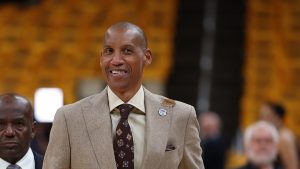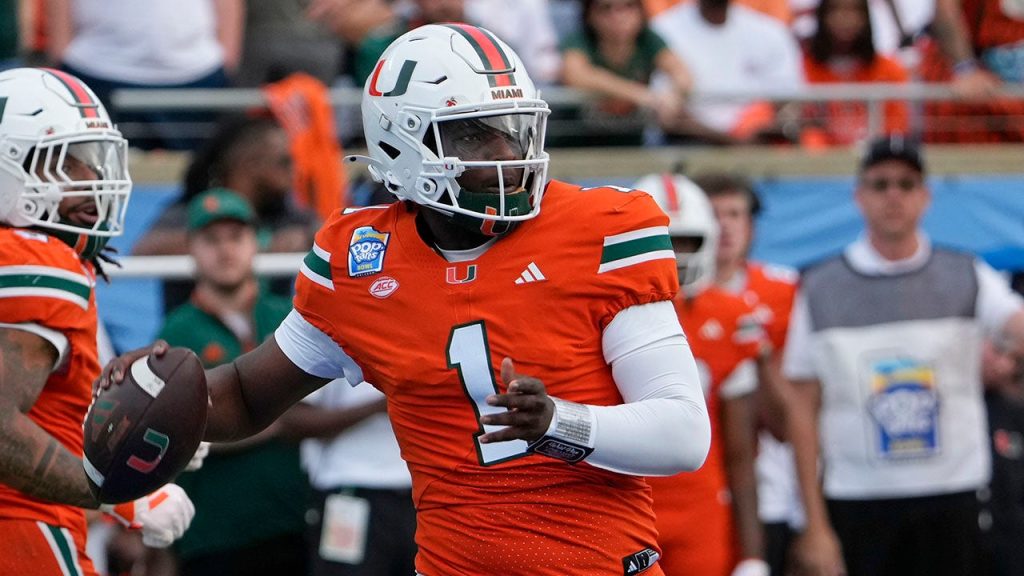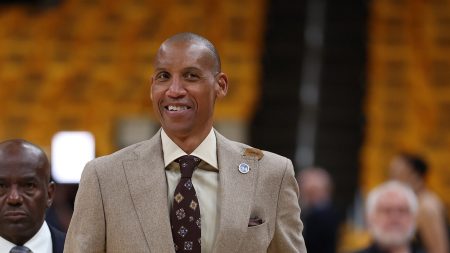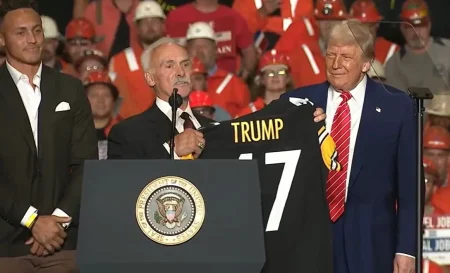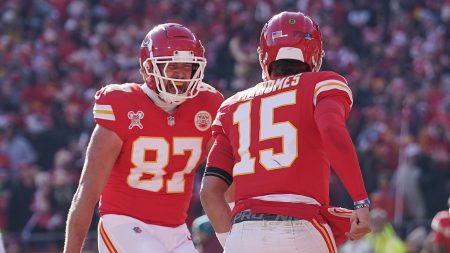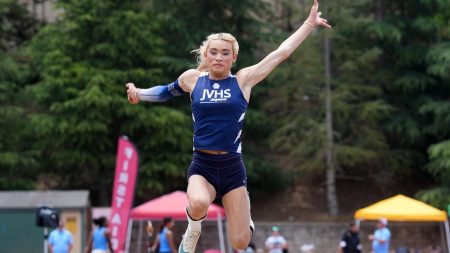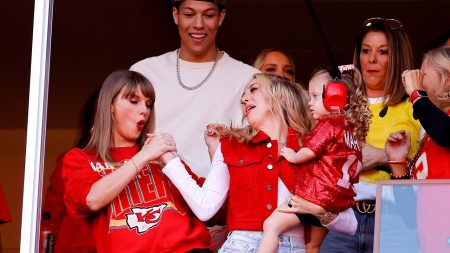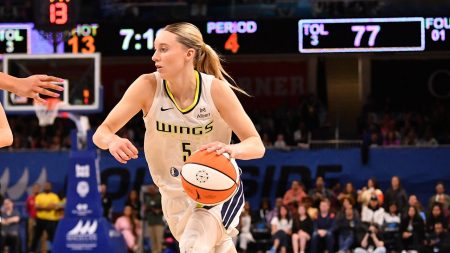The Pop-Tarts Bowl controversy surrounding Cam Ward’s decision to sit out the second half after breaking the Division I record for career passing touchdowns ignited a firestorm of debate. Ward’s early exit, following his record-breaking 156th touchdown pass, surpassing Case Keenum, polarized opinions. Critics questioned his commitment, suggesting he prioritized personal achievement over team performance in a “meaningless” bowl game, especially given his potential as the No. 1 overall NFL draft pick. Conversely, supporters argued Ward had earned the right to protect his future prospects, recognizing the inherent risks of injury in a game with limited stakes. The Hurricanes’ narrow 32-31 defeat only exacerbated the situation, fueling further criticism of Ward’s decision.
Miami Hurricanes head coach Mario Cristobal vehemently defended Ward amidst the swirling controversy, dismissing the criticisms as “false narratives” and “bulls—.” Cristobal lauded Ward’s character and contributions to the program, emphasizing his exceptional play, leadership, and positive impact on the University of Miami. He hailed Ward as the best quarterback he had ever coached and predicted a successful NFL career for him, envisioning Ward leading a franchise to multiple championships. Cristobal also credited Ward’s performance as a key factor in the team’s 10-win season and the establishment of a new standard of excellence for the program.
The debate surrounding Ward’s decision reflects a complex intersection of individual ambition and team dynamics within the context of college football. The “meaningless” nature of the bowl game further complicates the issue. While critics argued that Ward’s early exit demonstrated a lack of commitment to his teammates and the program, proponents countered that the minimal stakes of the game justified his decision to prioritize his future career. The controversy also highlighted the inherent tension between personal accomplishment and team goals, raising questions about the appropriate balance between individual aspirations and collective responsibility.
The discussion extends beyond Ward’s individual decision, touching upon broader themes within the landscape of college football. The increasing emphasis on individual player branding and the potential financial rewards of a professional career have created new pressures for athletes. The lure of the NFL draft and the potential for generational wealth can influence player decisions, especially in exhibition games like the Pop-Tarts Bowl, where the stakes for the team are comparatively low. This dynamic can create conflict between individual players’ career aspirations and the traditional emphasis on team unity and commitment within collegiate athletics.
Adding another layer to the controversy is the comparison of Ward’s decision to similar situations faced by other high-profile quarterbacks. The focus on the No. 1 overall draft pick intensifies the scrutiny on Ward’s performance and decisions, placing him under a microscope where every action is analyzed and debated. The fact that the Tennessee Titans hold the No. 1 pick adds further intrigue, especially with Shedeur Sanders also vying for the top spot. The competition between these two quarterbacks for the coveted draft position creates a subplot that fuels the media narrative and intensifies public interest in their respective performances and career choices.
Ultimately, the Cam Ward Pop-Tarts Bowl controversy underscores the evolving landscape of college football. The confluence of individual aspirations, team dynamics, and the escalating financial stakes of professional football creates complex dilemmas for student-athletes. Ward’s decision, while controversial, reflects the changing realities of the sport and the increasing pressures faced by players navigating the path from college to the NFL. The debate surrounding his early exit sparks broader conversations about the balance between personal ambition and team loyalty, the meaning of “meaningless” bowl games, and the increasing influence of individual branding and financial incentives in the world of college athletics.


